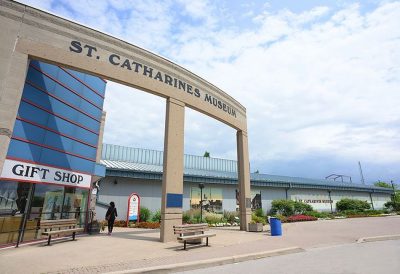Arizona may be known for the Grand Canyon, but it has so much more to offer. With so many sights to see from the Grand Canyon to all that Arizona State University has to offer to the Discovery Channel Telescope at the Lowell Observatory and more, Arizona is more than a desert and some cacti. Explore STEM throughout Arizona and give students a once-in-a-lifetime experience.
Museums and Zoos
From its beginnings as a downtown storefront in the early 1980s, the Arizona Science Center aims to inspire, educate and engage curious minds through science. A variety of program guides and curriculums provide educators with the ability to cater their field trips to the topic of choice. With exciting hands-on activities and exhibits, students can also walk through one of the many traveling exhibits, create in the CREATE Makerspace, watch a movie in the Irene P. FlinnTheater or even explore space at the Dorrance Planetarium. Groups looking for a unique experience can choose to camp overnight at the Science Center for a fun-filled, customized and hands-on evening. The Arizona Science Center also hosts the Arizona Science and Engineering Fair for students from grades 5-12.

Arizona Science Center, Credit Visit Phoenix
Since being founded in 1894, the Lowell Observatory has continuously expanded in pursuit of the study of astronomy. The completion of the Discovery Channel Telescope in 2015 has expanded the research capabilities of the Lowell Observatory and lets visitors see a glimpse of this research through pictures, videos and more. Students embark upon a fun and interactive tour while learning about stars, planets and galaxies. In addition to a walking tour of one of the Observatory’s world-renowned telescopes, students will experience a presentation about the solar system, comets, asteroids and dinosaurs, stars and more. Give students an out-of-this-world experience by visiting the Observatory after hours for a special program.
Established to protect and preserve the natural and cultural heritage of northern Arizona through research, collections, conservation and education, the Museum of Northern Arizona (MNA) strives to inspire a sense of love and responsibility for the beauty and diversity of the Colorado Plateau. Take students to one of the most interesting and educational museums in Flagstaff and engage students with topics including archaeology, cultures of the Colorado Plateau and more. From school tours to STEM summer camps to classes and workshops and more, the Museum of Northern Arizona offers a variety of ways for students to learn and interact with the museum.
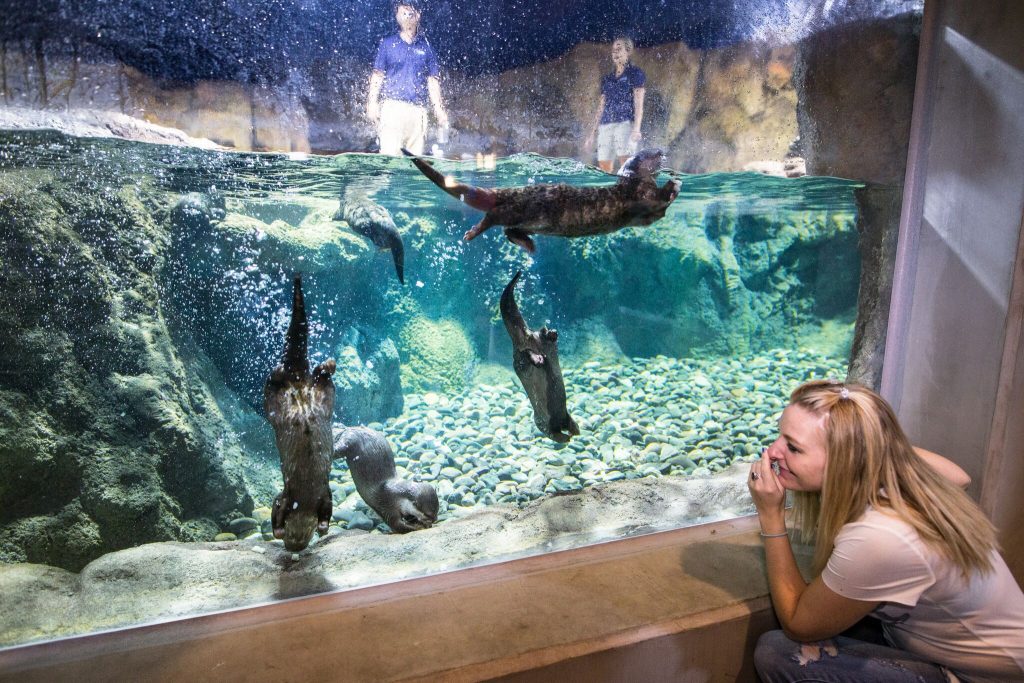
OdySea Aquarium in Scottsdale, Credit Visit Phoenix
Located on the eastern boundary of the Salt River Pima-Maricopa Indian Community (SRPMIC), the OdySea Aquarium is a state-of-the-art facility and is the largest aquarium in the Southwest. This unique aquarium, which opened its doors in September 2016, was built around the animal habitats and houses over 50 exhibits with over 30,000 animals. With an entertaining, interactive and educational experience the OdySeaAquarium gives students highly engaging presentations, watch a thrilling movie in the theater, go on a SeaTREK™ underwater ocean walk, a one-of-a-kind voyage through the “Living Sea” and more. Students have the opportunity to explore STEM through topics including the Arizona Wetlands, Coral Reefs, Rivers of the World and more.
Universities and Academia
Ranked as the country’s most innovative school, Arizona State University is also recognized as one of the fastest-growing research universities in the United States (NSF Higher Education Research and Development Survey). Students and faculty of the university work with NASA to develop, advance and lead innovations in space exploration. Whether students come to experience what a day in the life of a Fulton Schools engineering student or tour one of the many facilities belonging to the School of Earth and Space Exploration (SESE), there are many opportunities for students to interact with Arizona State University. Visitors can also tour many facilities including the ISTB 4 Gallery of Scientific Exploration (GSE), Lunar Reconnaissance Orbiter Camera (LROC) Facility, Mars Space Flight Facility (MSFF) or explore through a K-12 Field Trip Program or the Marston Exploration 3-D Theater Shows. The Aguila Youth Leadership Institute also partners with many universities, including Arizona State, to empower students through their academic, personal and professional world and helps to provide a comprehensive support system.
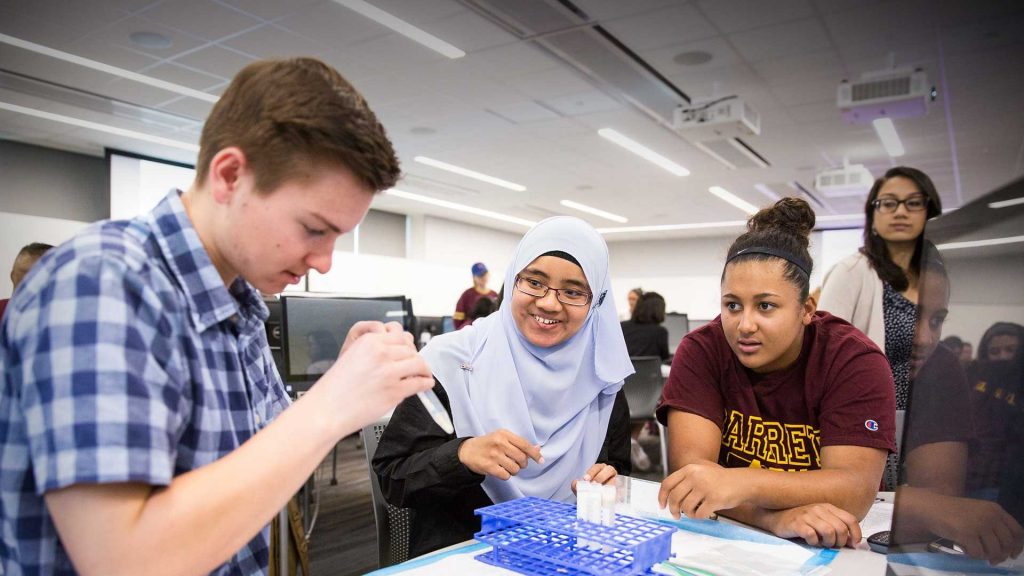
Credit Arizona State University
Industry & Technology
As Arizona’s largest and oldest no-kill shelter, the Arizona Animal Welfare League & SPCA (Society for the Prevention of Cruelty to Animals) strives to be the community’s leading source for pet adoptions, affordable veterinary services, volunteer opportunities, humane education and expertise in animal welfare. Originally founded in 1971, AAWL & SPCA now saves more than 4,000 animals every year. With a wide variety of youth and volunteer programs, AAWL provides students with a unique experience to learn about STEM in the lives of their furry friends. The K-12 Field Trip Program is one of the many exciting programs and offers a hands-on experience for students to learn about veterinary medicine, animal structures and functions and more.
TGen, or the Translational Genomic Research Institute, strives to utilize genetic discoveries in order to improve disease outcomes by developing smarter diagnostics and targeted therapeutics. This non-profit research institute values the opportunities it gets to share research with the community through laboratory tours. Experience first-hand, next generation sequencing technology and biomedical research laboratories by touring TGen North. TGen scientists are unlocking the mysteries of cancer, neurological disease and diabetes in order to advance public health, clinical medicine and biodefense through targeted and global microbial genomics. Tour guests must be at least 10 years old to tour the laboratory.
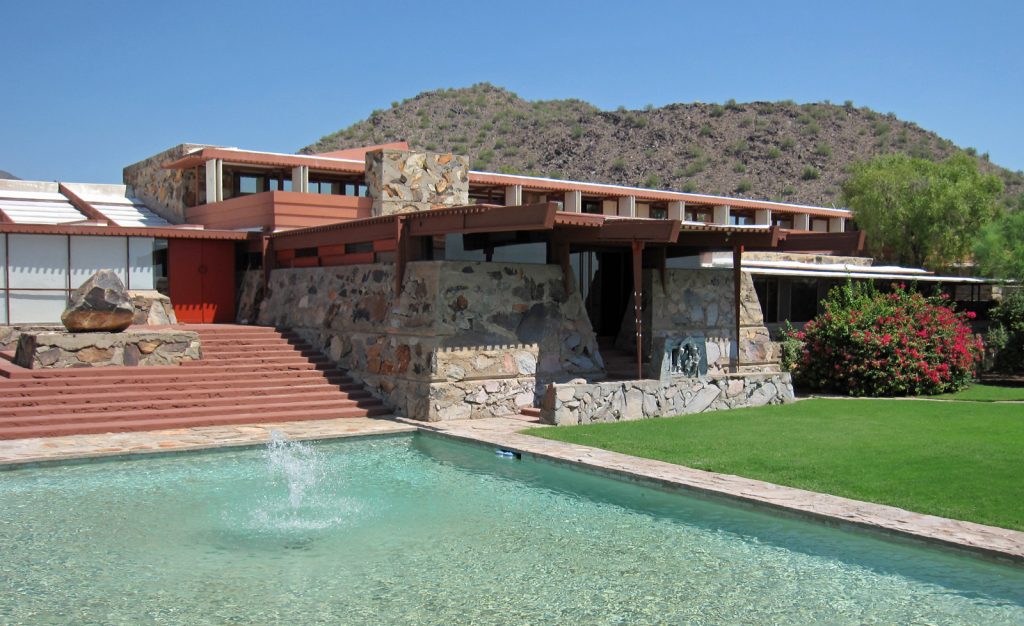
Taliesin West, Credit Taliesin West (Flickr)
A National Historic Landmark and UNESCO World Heritage site nestled within the desert foothills of the McDowell Mountains, Taliesin West was Frank Lloyd Wright’s beloved winter home and the bustling headquarters of the Taliesin Fellowship. With a deep connection to its environment and surroundings, Taliesin West was built almost entirely by Wright and his apprentices. Engage students with STEAM as well as architecture, ecology, organic design and art principles through a field trip at Taliesin West. With an educational tour and learning lab included in a field trip to Taliesin West, students can experience hands-on Wright’s desert laboratory through the lens of experimentation and discovery. Students can also get immersed in the environment that surrounds Taliesin West through a desert walk or even find patterns in nature and build bridges through one of the educational labs.
Nature/Outdoor Activities
In an effort to create an outdoor classroom for students, an enthusiastic biology teacher worked with the Coconino Natural Resource Conservation District (CNRCD) to eventually create Willow Bend Environmental Education Center. Willow Bend helps to create a connection for students to their environment through observation, data collection, critical thinking, fun activities and more. Students can visit the Center, tour the recycling center and a number of outdoor locations around Flagstaff (including Picture Canyon, downtown Flagstaff and Frances Short Pond).
The Grand Canyon is no small place: literally and figuratively. This mile-deep canyon runs along the Colorado River and the surrounding area has continuously been inhabited by Native Americans. Whether groups choose to embark on a ranger or self-guided field trips, participate in the Canyon Field School, an overnight camp or more they will be experiencing STEM in the real world. With the Grand Canyon as their classroom, students will learn about many topics and gain once-in-a-lifetime experience exploring the Grand Canyon.
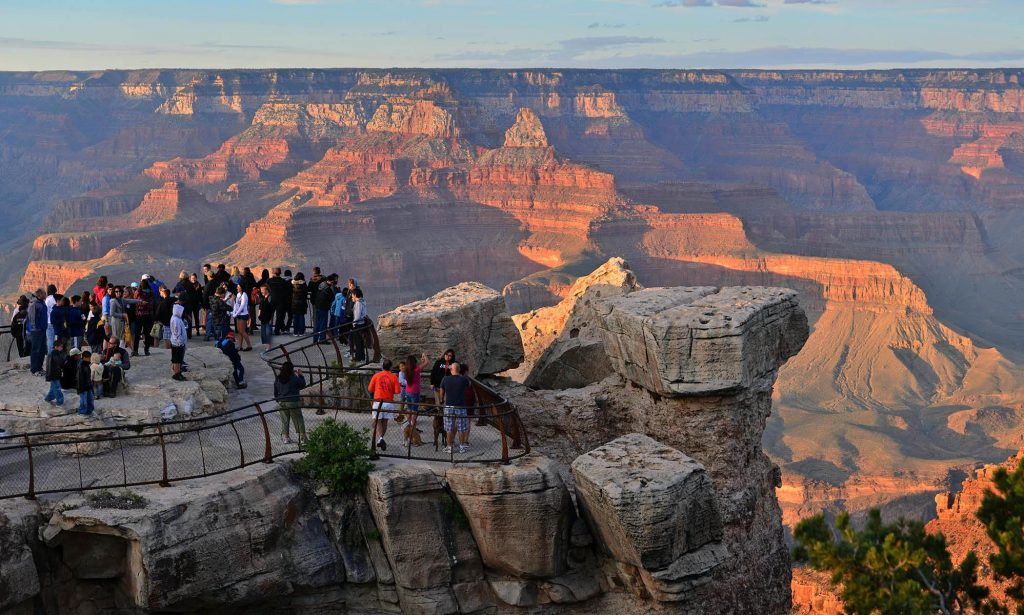
Grand Canyon National Park, Credit NPS
Out of Africa Wildlife Park strives to foster appreciation for the planet’s wild and inhabitants through conservation awareness and action, practicing exemplary animal care, provide education and learning experiences and establish broad community support. Within their mission, Out of Africa Wildlife Park strives to educate the public about wildlife and our planet as well as promote conservation action and awareness. Students will embark upon a “safari” when they visit Out of Africa Wildlife Park. These “safari” adventures let students explore an outdoor learning lab and even subjects which include tigers, wonders of wildlife and more.
Developed from the desire to create an innovative and unique way to combine water resource development with wildlife habitat, educational and recreational opportunities, the Riparian Preserve at Water Ranch is comprised of 110 acres and about 300 species of wildlife. Water Ranch and the Riparian Preserve are also home to the Gilbert Rotary Centennial Observatory (GROC), the Salt River Project Eastern Canal, an ethnobotanical garden, a paleontology dig site and more. The Riparian Preserve takes students out of the traditional classroom setting to experience and learn about environmental studies while connecting to their natural world. While touring the Riparian Preserve, students also have the opportunity to learn about diversity and ecology, groundwater, ethnobotany and more. Field trips are tailored to create a unique experience for students from kindergarten through university.




